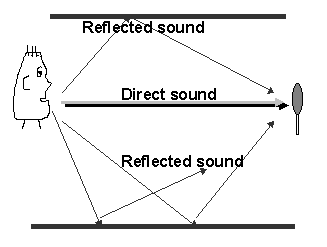Symmetry
Symmetry is a very complex and interesting term. When both parts of the human body are equal to each other. For example: If both of your wrist, ankles, and knees are pretty much equally in size, it’s said that they are symmetrical. For a long time there has been a believe that body or face Symmetry can predict human health. There are two types of symmetry, Low and High Symmetry. Low Symmetry is believed to be a predictor of poor genetics, physical and mental health, as well as poor cognitive skill and IQ. On the other hand, it’s also believed that High Body Symmetry is a good predictor that people will potentially have healthy offsprings. It’s obvious that low symmetry is very difficult to detect by looking at a body if it’s symmetric or not with the naked eyes. So, nature has given us the ability to smell body symmetry. Of course it’s impossible to smell body symmetry of a person’s wrist for example. It turns out that women on their fertile phase can smell the odor effects of physiological processes related to a man’s body symmetry. Amazing as it sounds, a women on her fertile phase, finds that a symmetric male smells better. A woman who is not on her fertile phase does not have these preferences. Also, women on their fertile phase rate the odor of more dominant males as sexier than the odors of less dominant males. So, if you are a male with High body Symmetry, you are more likely to have luck finding a romantic partner (Rosenblum, 2010, p93).











